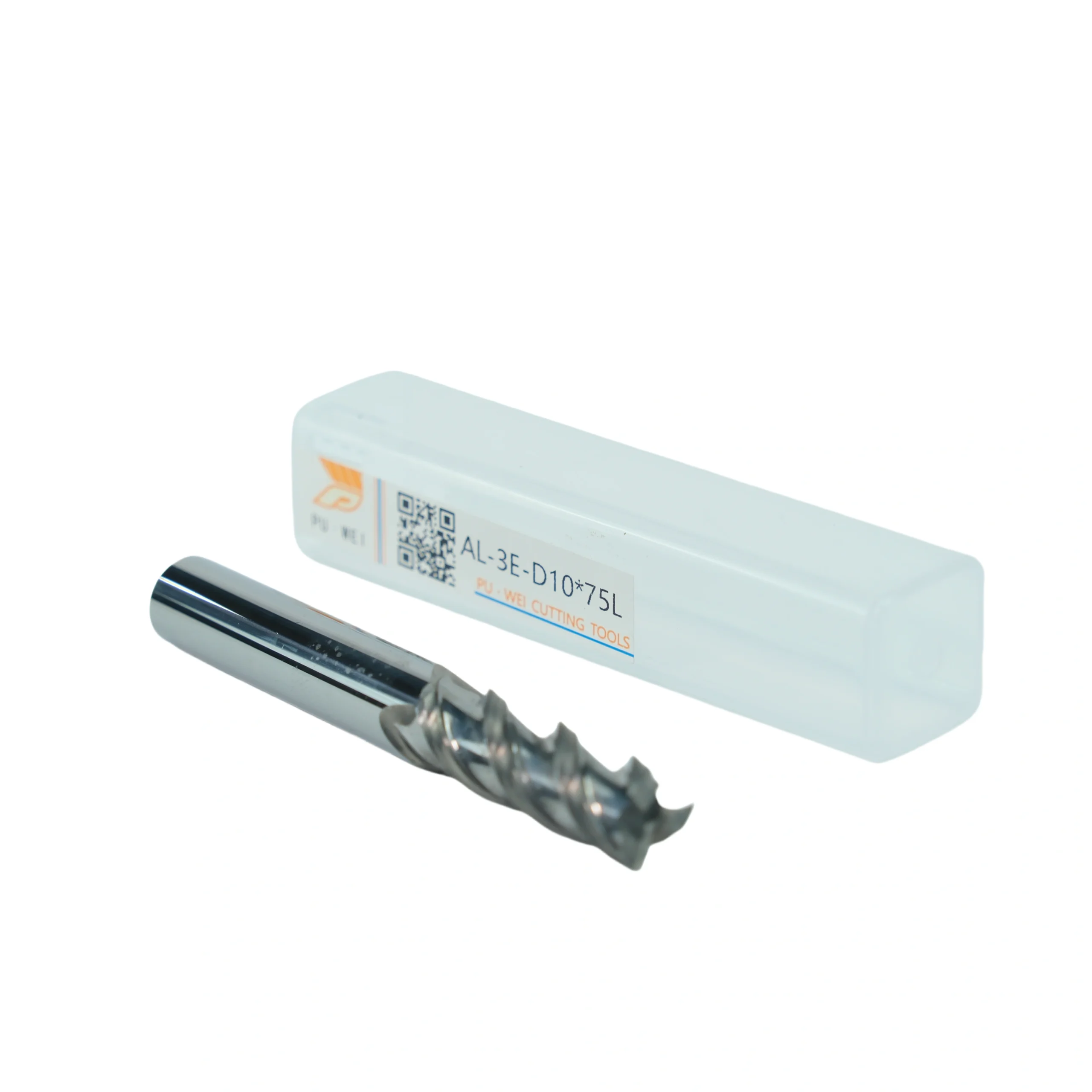When milling aluminum materials, choosing the right feed and speed is critical to the quality of the blade during the machining process and the final product.
Proper aluminum milling speed and feed can significantly affect tool life, workpiece finish, and overall productivity.

Understand milling aluminum material speed
When milling aluminum material, the speed refers to the speed of the tool rotation during the milling process.

Typically, cutting speeds for aluminum milling should range from 300 to 500 surface feet per minute (SFM) for most aluminum alloys. However, the exact cutting speed depends on the specific aluminum grade, tool type, and machine capability. For example, if you use a carbide end mill to process aluminum, it can handle higher speeds than a high-speed steel cutter.
When it comes to aluminum, the use of higher cutting speeds than cemented carbide materials is essential.
Optimum feed and speed for milling aluminum
To achieve the best performance, it is important to match the feed and milling aluminum at the correct speed.
Here’s how:
1. Cutting speed of aluminum milling: As mentioned earlier, the cutting speed of aluminum should be in the range of 300-500 SFM. For soft aluminum alloys, use the high end of the range (about 450-500 SFM), while for harder aluminum alloys, start from the low end (about 300-350 SFM). Please refer to the cutting speed meter provided by the Lizhou Carbide manufacturer for more specific recommendations.
2. Aluminum feed speed: The feed speed of aluminum determines the speed at which the tool moves forward in the material to remove chips. Aluminum For high-speed steel, aluminum is easier to cut.
3. Spindle speed: The spindle speed is calculated according to the required cutting speed and tool diameter. For example, if you are using a 1-inch diameter carbide end mill, the formula for calculating the spindle speed (RPM) is:
RPM=(Tool DiameterCutting Speed (SFM)×12)/(tools diameter)
For a cutting speed of 400 SFM and a 1-inch tool diameter, the spindle speed would be:
RPM=(400×12)/1=4800 RPM
4. Cutting depth: When milling aluminum, controlling the cutting depth is also important. For roughing, you can go deeper (about 50-70% of the diameter of the tool), but for finishing, you need a shallower depth to ensure accuracy.
Feed and velocity diagram of aluminum
While each machining scenario is different, here is a general feed and velocity meter for milling aluminum to help you get started:
Tool diameter Cutting speed (SFM) Feed per tooth (IPT) Spindle speed (RPM) Depth of cutting
| Tool Diameter | Cutting Speed (SFM) | Feed per Tooth (IPT) | Spindle Speed (RPM) | Depth of Cut |
| 0.5” | 350-450 | 0.002-0.004 | 4200-5400 | 0.025”-0.1” |
| 1.0” | 350-500 | 0.002-0.004 | 3500-5000 | 0.05”-0.2” |
| 2.0” | 300-400 | 0.003-0.005 | 3000-4000 | 0.1”-0.3” |

